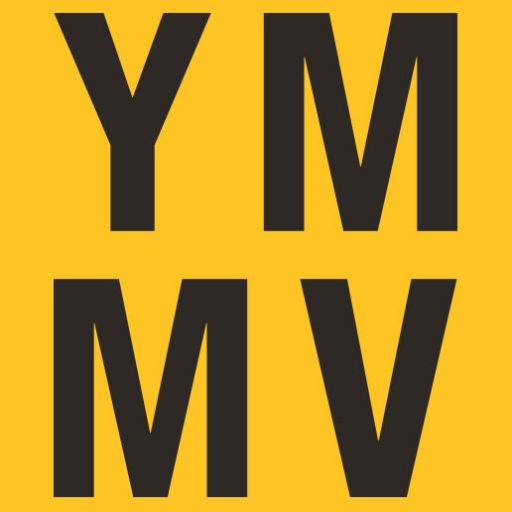Signing up for credit cards and getting the sign-up bonuses is one of the easiest ways to earn a nice stack of points and miles with very little effort. As long as you have good credit and pay off your bills in full, this is a great place to start.
Most people know about personal credit cards, but there are almost as many business credit cards available. That means even more opportunities for welcome bonuses—if you can qualify.
What Counts As A “Business”?
If you read around online, you’ll see no shortage of examples of what might qualify as a business:
- Selling items on eBay, Etsy, or Facebook Marketplace
- Freelance work or consulting
- Running a rental property
- Contract work that pays on a 1099
- Even small side hustles like a lawn service, tutoring, or craft sales
By those definitions, it seems like almost anyone has a business. And in many cases, that’s enough to apply.
But here’s the key: the bank still gets to decide if your business is real enough to lend money to. They’re looking for legitimacy—things like an EIN (Tax ID), business registration paperwork, invoices, or tax forms. If you apply with just an idea and nothing on paper, you may run into problems.
My First Attempt
Several years ago, I tried applying for a Chase business card for a side project. I had expenses and wanted to keep them separate, but I didn’t have much to show beyond an unfinished website. Chase’s response was simple: “Come back when you have something real.”
Trying Again With YMMV
When we started Your Mileage May Vary, I knew I’d need a business card for expenses. This time, I came prepared. Instead of relying on my name alone, I applied using the business name and gathered documents Chase might ask for:
- EIN (Tax ID Number): An Employer Identification Number is like a Social Security number for your business. You can get one directly from the IRS in minutes for free using this tool. Just answer a few questions, submit the application, and if approved, you’ll receive your EIN immediately online. Beware of third-party websites that charge a fee—there’s never a cost to get an EIN.
- Fictitious Name Registration: Since we hadn’t registered Your Mileage May Vary yet, I filed the paperwork with the state of Florida. It cost $50 and made everything official.
Submitting The Paperwork
Chase eventually asked for documentation to prove the business was real. With the EIN and name registration in hand, I was able to submit what they needed.
It wasn’t instant approval—I had to wait through a couple of review periods—but eventually, I got the message: “Your application has been approved.”
Takeaways For Readers
Looking back, the process wasn’t about “tricking” the bank. It was about showing proof. Here’s what I learned:
- Have documents ready: EIN, fictitious name registration, 1099s, invoices—something that shows your business is more than an idea.
- Banks may push back: Just because “anyone can apply” doesn’t mean approval is guaranteed.
- Persistence helps: If you believe you qualify, stick with it.
Final Thought
If you’ve got a legitimate side hustle or business—whether it’s freelancing, reselling, or something bigger—you can get approved for a business card. Just be prepared to show that your business exists on paper, not just in theory.
Want to comment on this post? Great! Read this first to help ensure it gets approved.
Want to sponsor a post, write something for Your Mileage May Vary, or put ads on our site? Click here for more info.
Like this post? Please share it! We have plenty more just like it and would love it if you decided to hang around and sign up to get emailed notifications of when we post.
Whether you’ve read our articles before or this is the first time you’re stopping by, we’re really glad you’re here and hope you come back to visit again!
This post first appeared on Your Mileage May Vary
Join our mailing list to receive the latest news and updates from our team.

